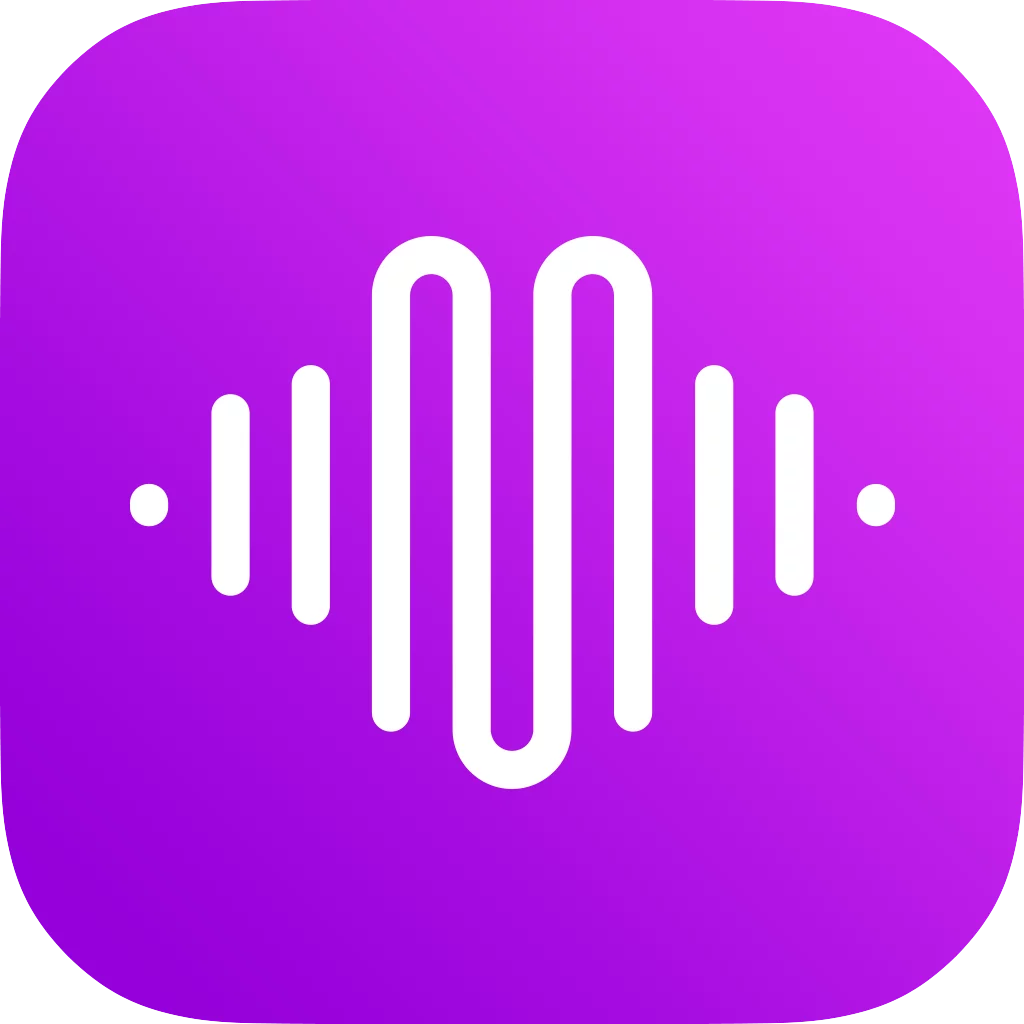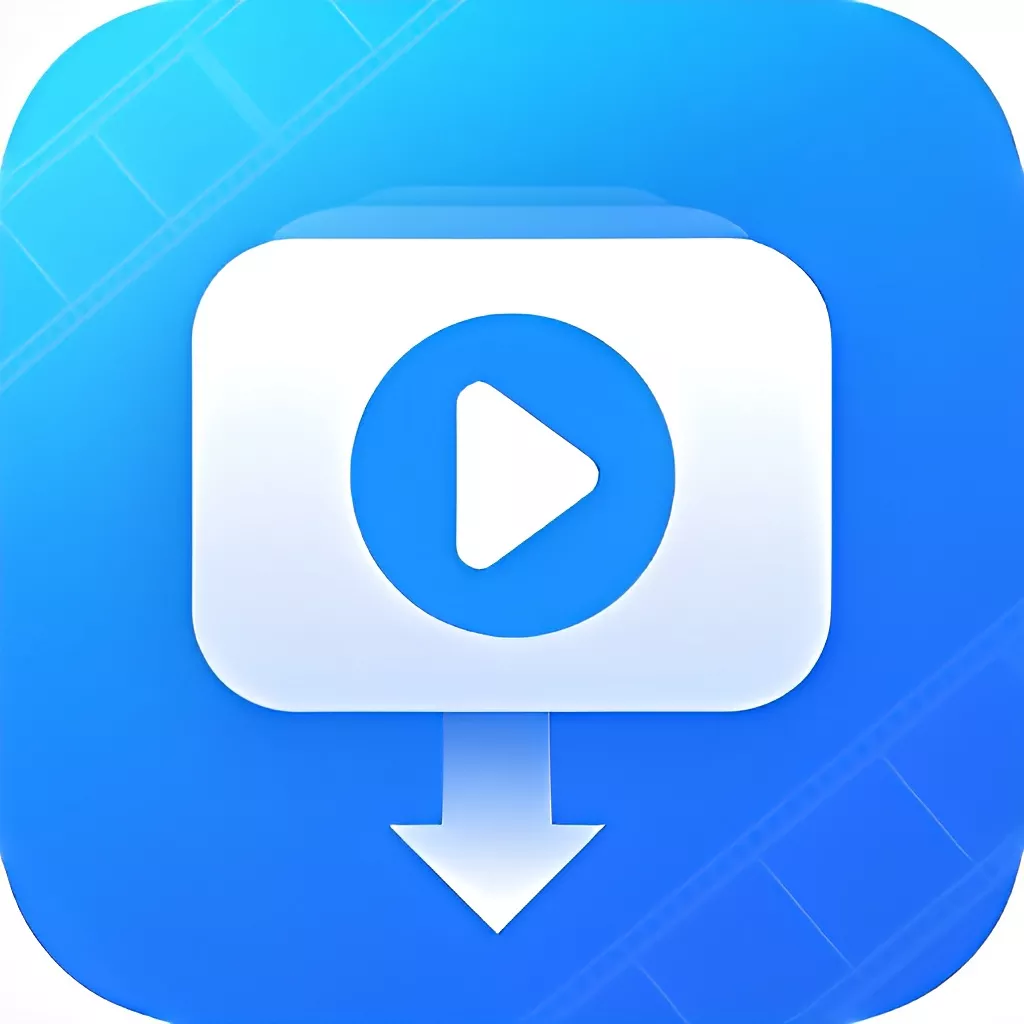Do you have a Windows operating system and want a Lacey Preactivated download link? You’re in the right place.
In this post, you can find a Lacey Crack download link and download it at high speed because we provide a Lacey Full Version direct download link with a high-speed server.
Lacey is a simple tool for searching and downloading multimedia content – audio and video. This user-friendly app simplifies the search and download process while providing an easy experience for users looking for their favorite songs and videos.
WHAT IS LACEY?
Lacey is a simple yet powerful tool for seamless viewing and recovery of multimedia content spanning audio and video formats. This easy-to-use app simplifies the search and download process, providing a simple experience for users to find their favorite songs and videos. With a minimalistic interface, Lacey allows users to enter the name of an artist or track and operates a fast and efficient search mechanism.
The software then crawls the web pages and retrieves media content that can be easily downloaded for users to use offline. Designed for those who value a simple approach to multimedia acquisition, Lacey’s simplicity is its strength as it provides an accessible, user-centric solution for those who want effortless access to their favorite audio and video content.
OVERVIEW OF LACEY
Lacey is a user-friendly and efficient tool for finding and downloading multimedia content in both audio and video formats. With a focus on simplicity, the software simplifies the entire process and makes it accessible to a wide range of users. The program has a minimalistic interface where users can enter the name of the artist or the title of the song, and it enables an algorithm to quickly search for relevant multimedia content on the Internet. The emphasis on simplicity extends to the download process, allowing users to easily enjoy their favorite songs and videos with just a few clicks. Lacey’s strength lies in its ability to serve consumers who value a hands-on approach to their multimedia purchases.
One of the attractive aspects of Lacey is its versatility and ability to accommodate users with a wide variety of music and video content preferences. The tool acts as a bridge between users and the many multimedia tools available on the Internet, providing a centralized platform for exploration and download. This is especially useful for those looking for a hassle-free solution to building a personal library of audio and video files.
Most importantly, Lacey operates within the legal and ethical framework for content acquisition. While it allows the downloading of multimedia content, users are encouraged to be responsible and follow copyright regulations. The program respects intellectual property rights and promotes a legal and respectful approach to the use and use of digital media.
Lacey’s commitment to simplicity and functionality makes her a valuable resource in the multimedia exploration and acquisition industry. Whether users want to build a diverse music collection or create a library of their favorite videos, Lacey offers a straightforward solution without sacrificing efficiency. As software environments and user needs change, Lacey’s adaptability and user-centered design make it a contender in the multimedia landscape, providing a reliable and affordable choice for those looking for a seamless experience in discovering and downloading audio and video content.
FEATURES OF LACEY
Functionality: An important characteristic of any software is its functionality, which refers to what the software can do. For example, the function of word processing software includes creating, editing, and formatting text documents.
User Interface (UI): The user interface encompasses the visual elements and controls that allow the user to interact with the software. A well-designed UI is intuitive, and user-friendly and enhances the overall user experience.
Customization Options: Many software applications provide users with the ability to customize the interface, settings, and preferences to suit their specific needs and preferences.
Security: Security features are crucial to protect sensitive data and prevent unauthorized access. This may include encryption, authentication mechanisms, and secure data storage.
Integration: Some software applications allow integration with other tools or platforms to enhance functionality and streamline workflows. Common integration examples include API support and third-party plugin compatibility.
Performance: Software should be optimized for performance to ensure it works efficiently and responds quickly to user actions, even with large datasets or complex operations.
Compatibility: Software must be compatible with different operating systems, devices, and browsers to cater to a wide user base.
Data Management: Features related to data management include data storage, retrieval, backup, and data export/import capabilities.
Collaboration: Collaboration features allow users to collaborate on projects, share information, and interact within a software platform.
Reporting and Analysis: Software may include reporting and analysis tools to generate insights from data, visualize trends, and make data-driven decisions.
Notifications and Alerts: Notifications inform users about important events or updates in the software, helping them stay on top of tasks and deadlines.
Automation: Automation features can simplify repetitive tasks by automatically executing them, saving time and effort.
Search and Filtering: Effective search and filtering options help users quickly find specific information or data in the software.
Offline access: Some software applications offer offline access, allowing users to work without an Internet connection and sync changes when reconnected.
User Management: Software that caters to organizations often includes user management features such as access controls, user roles, and permissions.
Multilingual Support: Multilingual support allows users to interact with the software in their preferred language.
Accessibility: Accessibility-enhancing features ensure that individuals with disabilities can use the software.
Customer Support: Quality software usually provides customer support options such as documentation, help guides, and responsive support teams.
Version Control: Version control features help users track changes made to documents or projects, facilitate collaboration, and prevent data loss.






